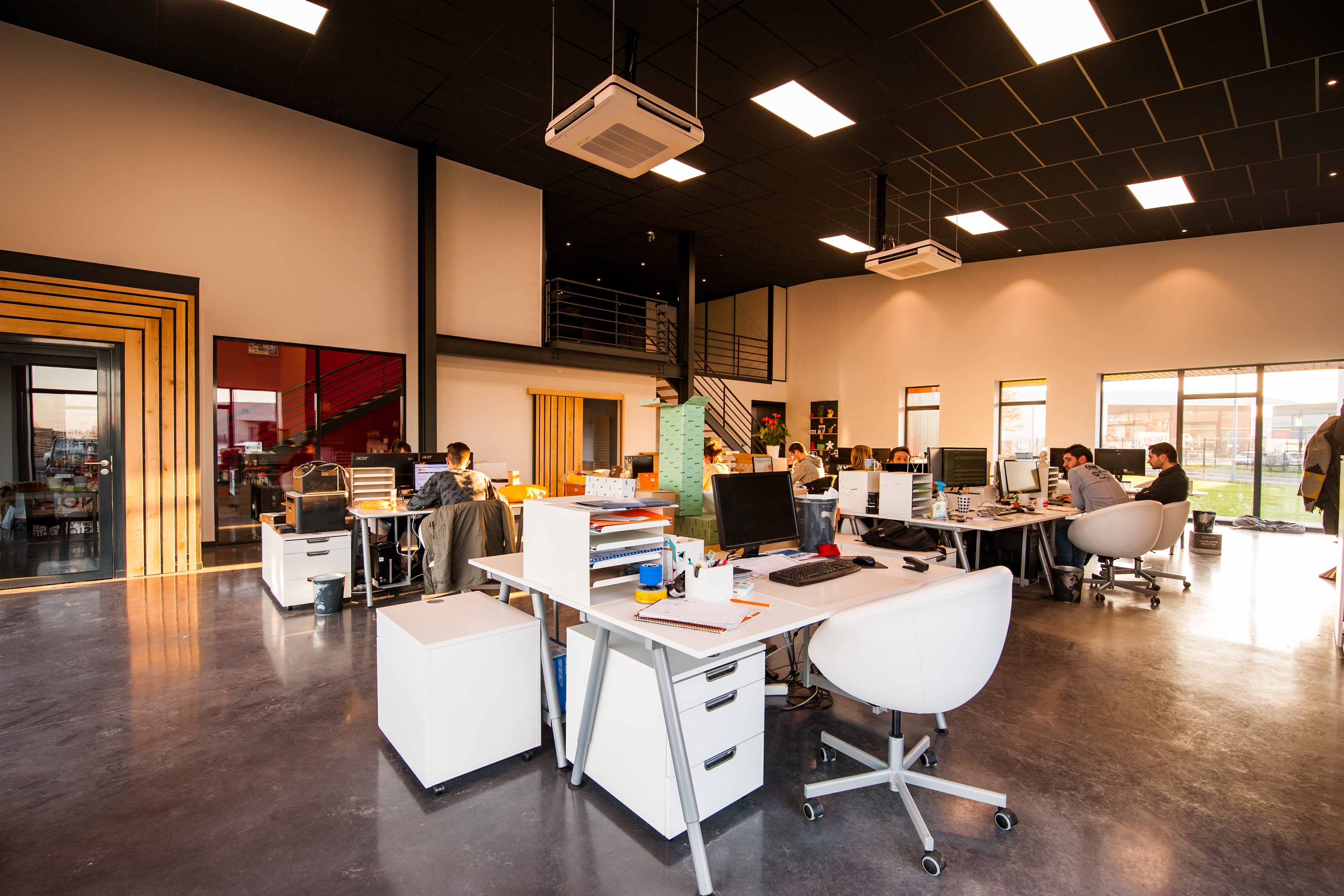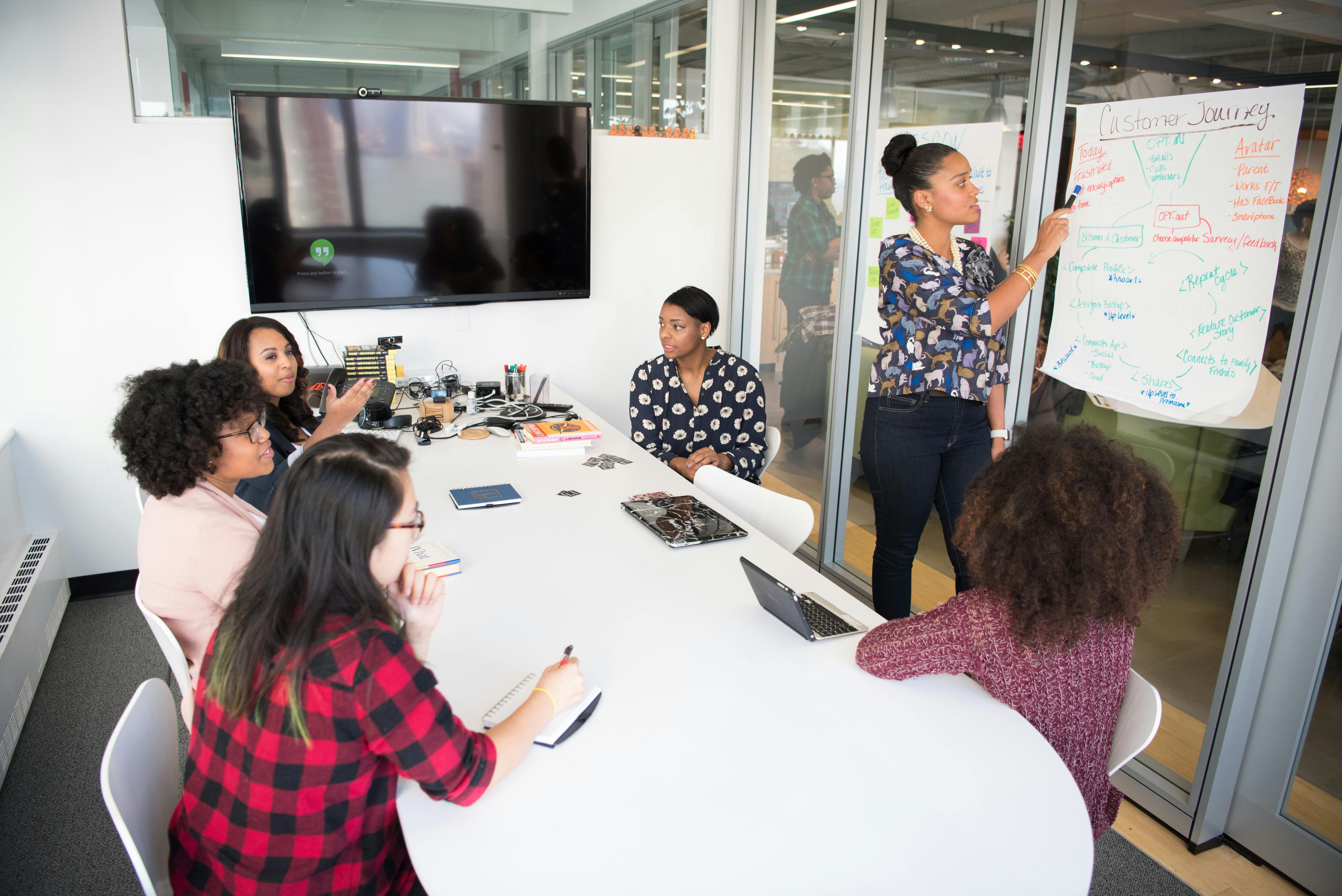
The Changing Landscape Of The Employee Experience: Whats Changed, and Whats Not

The employee experience has always been an important factor in workplace satisfaction and productivity. But with the new age of digital transformation and the increasing use of AI, the employee experience is rapidly changing. In this article, we'll explore what's changed and what hasn't in this ever-evolving landscape, so you can make sure your organization is best prepared to meet its employees' needs.
The Changing Landscape of the Employee Experience
In recent years, the employee experience has undergone a dramatic transformation. Thanks to advances in technology and our ever-growing understanding of the human mind, we now have a much better understanding of what makes employees happy and engaged at work.
However, even though the landscape of the employee experience has changed dramatically, there are still some constants. The basics of good communication, respect, and fair treatment are as important as ever.
In this article, we'll take a look at the changing landscape of the employee experience and how you can stay ahead of the curve. We'll explore some of the most important changes that have taken place and discuss how you can adapt your own organization to ensure that your employees are happy and productive.
What’s Changed?
The employee experience has changed dramatically in recent years, driven by changes in technology, the economy, and the workforce. Here are some of the most notable changes:
Technology has had a major impact on the employee experience, making it easier for employees to connect with each other and with their managers. Social networking sites like LinkedIn and Facebook have made it easier for employees to network with each other and share information. And new tools like Slack and Zoom have made communication and collaboration easier than ever before.
The economy has also had an impact on the employee experience. In good economic times, employees are more likely to be engaged and satisfied with their jobs. In bad economic times, employees may be more likely to feel stressed and anxious about their job security.
The workforce has also changed over time. The traditional 9-to-5 workday is no longer the norm, as more and more employees are working remotely or on flexible schedules. And the composition of the workforce is changing, too, as baby boomers retire and millennials enter the workforce.
Remote Work & Flexible Working Hours
In today's business landscape, more and more companies are offering remote work and flexible working hours as part of their employee experience. This is in response to the changing needs of the workforce, which is increasingly mobile and global.
There are many advantages to remote work and flexible working hours, including increased productivity, lower overhead costs, and a more positive work-life balance for employees. However, there are also some challenges that come with these arrangements, such as communication difficulties and a lack of face-to-face interaction.
Overall, the trend towards remote work and flexible working hours is likely to continue, as it provides significant benefits for both employers and employees.
Increased Focus on Employee Well-being
In recent years, there has been an increased focus on employee well-being. This is due to the realization that happy and healthy employees are more productive employees. There are a number of factors that contribute to employee well-being, and employers are starting to take notice.
One of the most important factors in employee well-being is job satisfaction. If employees are not satisfied with their jobs, they will not be happy or healthy. Employers are starting to realize this and are working to find ways to make jobs more satisfying for their employees.
Another important factor in employee well-being is work-life balance. If employees feel like they are always working and never have time for themselves, they will again be unhappy and unhealthy. Employers are starting to offer more flexible work arrangements and paid time off in order to help their employees achieve a better work-life balance.
Finally, another important factor in employee well-being is physical health. If employees are not physically healthy, they will not be able to perform at their best. Employers are starting to offer wellness programs and on-site fitness facilities in order to help their employees stay physically healthy.
By taking these steps, employers can create a workplace that is focused on employee well-being. This will lead to happier, healthier, and more productive employees.
Technology and Automation
Technology and automation are two of the most important drivers of change in the employee experience. They are also two of the most controversial topics in the world of work. There is no doubt that technology and automation are changing the way we work. They are making some jobs obsolete and making others easier. But there is a lot of debate about whether these changes are good or bad for employees.
Some people argue that technology and automation are taking away jobs and making it harder for people to find work. Others argue that technology and automation are creating new opportunities for employees and making work more interesting.
The truth is that both sides have a point. Technology and automation are changing the landscape of the employee experience, but it’s not all bad news. Let’s take a closer look at how these changes are affecting employees:
Positive effects of technology and automation on employees:
1. Technology and automation can make some jobs obsolete, but they also create new opportunities for employees in other industries.
2. Technology and automation can make work more interesting by adding new challenges and tasks for employees to master.
3. Technology and automation can make workplaces more efficient, which can lead to higher wages for employees or more free time to enjoy outside of work.
4. Technology and automation can improve safety in workplaces by reducing the need for dangerous tasks to be carried out by humans.
5. Technology and automation can help employees stay connected with each other and with their managers
What is Still the Same?
Even though the employee experience is evolving, there are still some things that remain the same. For example, employees still want to feel valued and appreciated by their employer. They also still want to have a good work/life balance, and feel like they are able to accomplish their goals. Additionally, employees still crave meaningful work that is challenging and engaging. Finally, a positive culture and strong relationships with co-workers are also still important factors in an enjoyable employee experience.
Employer/Employee Relationships
Employer/employee relationships have changed dramatically over the last several decades. In the past, employers held all the power in the relationship and employees were expected to be loyal and obedient. Today, the power dynamic has shifted and employees are more likely to switch jobs frequently. Employers must now focus on creating a positive employee experience in order to retain talent.
There are a few key ways that employer/employee relationships have changed:
- Communication: In the past, employers would give orders and employees would follow them without question. Today, there is much more two-way communication between employers and employees. Employees are encouraged to provide feedback and share their ideas.
- Flexibility: In the past, work was very structured and inflexible. Employees were expected to be at their desk during set hours and take a lunch break at the same time every day. Today, work is often more flexible, with employees able to set their own hours and take breaks when they need them.
- Trust: In the past, employers would often micromanage their employees and try to control everything they did. Today, employers are much more likely to trust their employees and give them autonomy to do their job as they see fit.
Professional Development and Training Opportunities
Organizations are continuing to invest in professional development and training opportunities for employees as part of their overall strategy to improve the employee experience. While the methods and approaches may be evolving, the fundamental goal remains the same: to provide employees with the skills and knowledge they need to be successful in their roles.
One of the biggest trends we're seeing in professional development is a move away from traditional, one-size-fits-all training programs. Instead, organizations are increasingly tailoring development opportunities to the specific needs of individual employees. This personalized approach recognizes that different employees have different learning styles and preferences, and that what works for one person may not work for another.
Another trend we're seeing is a shift from formal, classroom-based learning to more informal, on-the-job learning experiences. This reflects a growing recognition that employees often learn best by doing, and that providing opportunities for hands-on learning can lead to better outcomes.
Finally, we're also seeing an increase in the use of technology to deliver professional development content. Online learning platforms and mobile apps make it easier than ever for employees to access training materials anytime, anywhere. And with the rise of virtual reality and other immersive technologies, there's potential for even more innovative and engaging ways to deliver professional development content in the future.
Benefits and Perks
The workplace is changing, and so is the employee experience. Here are some of the benefits and perks that have changed along with it:
- Flexible work hours and locations: With more companies offering remote work options, employees are no longer tied to a 9-5 schedule or a specific location. This gives them more freedom to manage their time and work from wherever they want.
- Improved communication and collaboration tools: Technology has made it easier for employees to communicate with each other and collaborate on projects. This has led to increased productivity and creativity in the workplace.
- Increased focus on well-being: More companies are recognizing the importance of employee wellbeing and are offering perks such as fitness memberships, wellness programs, and mental health support.
- Greater diversity and inclusion: Companies are becoming more aware of the need for diversity and inclusion in the workplace. This is leading to better representation of minorities, women, LGBTQIA+ employees, etc. in the workforce.
The employee experience is an ever-evolving landscape, with new technology and trends constantly emerging. Keeping up to date on the changing environment can be a challenge for employers, but it doesn’t have to be. By recognizing the core principles of providing employees with a great work life balance, meaningful recognition and feedback opportunities, as well as investing in their career growth potential – employers can ensure that they are staying ahead of the curve when it comes to creating a positive employee experience.



.webp)
